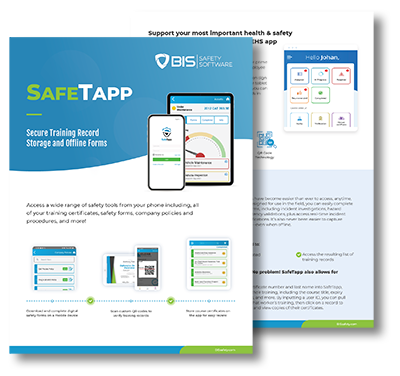
When Do You Need OSHA 30 Hour Construction or General?
If you work in the construction or general industry, obtaining a solid understanding of safety practices and regulations is crucial. One way to acquire this knowledge is by completing an OSHA 30-hour training course.
What is OSHA 30 Hour Training?
The OSHA 30-hour training program offers comprehensive training on OSHA regulations, workplace safety practices, and recognizing workplace hazards. This program targets workers and supervisors engaged in construction or general industry activities. It encompasses various subjects such as fall protection, electrical safety, handling hazardous materials, and the importance of personal protective equipment (PPE).
What is OSHA 30 Hour Construction Training?
The OSHA 30 hour construction course concentrates on addressing the unique hazards and safety protocols related to the construction sector. It delves into subjects like scaffolding, crane safety, excavation, and demolition. This course is strategically crafted to equip workers with the expertise and capabilities required for hazard identification and control at construction sites.
What is OSHA 30 Hour General Industry Training?
The OSHA 30 hour general industry course, on the other hand, covers a broader range of industries, including manufacturing, healthcare, and warehousing. It includes topics such as machine guarding, ergonomics, and hazard communication. The course is designed to provide workers with the knowledge and skills needed to identify and control hazards in a variety of workplaces.

OSHA 30 hour courses are detailed safety courses for construction and general industry. They are taught by experienced instructors with deep knowledge of OSHA regulations. The courses are online, letting workers study at their own pace and time.
These courses are a good investment for both employers and employees. Employers gain from increased productivity, fewer absences, and reduced compensation costs. Employees understand and control workplace hazards better, promoting a safer environment.
OSHA 30 hour training is mandatory for certain jobs, including those in construction and general industries like manufacturing and healthcare. It’s needed for workers dealing with buildings, bridges, highways, and other structures.
The training is engaging and uses various teaching methods like videos, quizzes, and case studies. This helps in retaining information and applying it in real-world situations. It’s designed to be interactive to maintain the learners’ interest.
This training is also flexible. Workers can balance it with other responsibilities like family and jobs. They can complete it without affecting their work schedules, minimizing productivity loss.
Moreover, OSHA 30 hour training is affordable. Its cost is generally lower compared to other safety training programs, making it accessible to small businesses and individual workers.
Completing this training shows a commitment to workplace safety and health. It indicates that workers are serious about their job responsibilities and committed to maintaining a safe and healthy work environment. This can increase job satisfaction and instill a sense of pride in their work.
What States is OSHA 30 Hour Construction Mandatory in?

The OSHA 30 hour construction training is mandatory for workers in certain states, while in other states it is only required for certain types of construction work. The states that require the OSHA 30 hour construction training for all construction workers include:
- Connecticut
- Massachusetts
- Missouri
- Nevada
- New Hampshire
- New York
- Pennsylvania
- Rhode Island
In addition to these states, some other states and cities have their own safety training requirements that may be similar to the OSHA 30 hour construction training. Therefore, it is important for workers and employers to check with their state OSHA program to determine the specific safety training requirements for their location and industry.
What States is OSHA 30 Hour General Mandatory in?
The OSHA 30-hour general industry training is not obligatory at the federal level in any state. Nonetheless, certain states have established their own OSHA-approved state plans, which impose supplementary safety and health prerequisites on employers and employees, including distinct training mandates.
In these states, employers and workers may be required to complete the OSHA 30 hour general industry training or a similar training program. The states with OSHA-approved state plans that may have their own training requirements for general industry workers include:
- California
- Hawaii
- Minnesota
- Nevada
- New Mexico
- North Carolina
- Oregon
- Puerto Rico
- South Carolina
- Utah
- Vermont
- Virgin Islands
- Washington
- Wyoming
It is important for employers and workers to check with their state OSHA program to determine the specific safety training requirements for their location and industry.






























